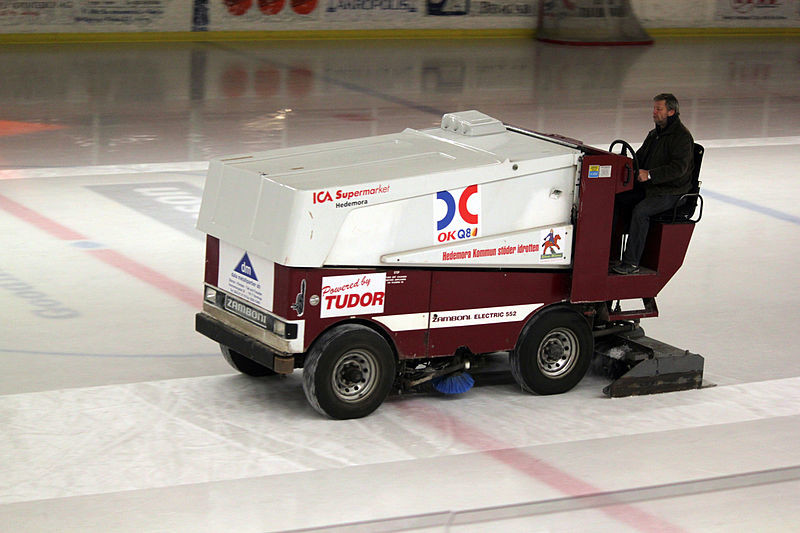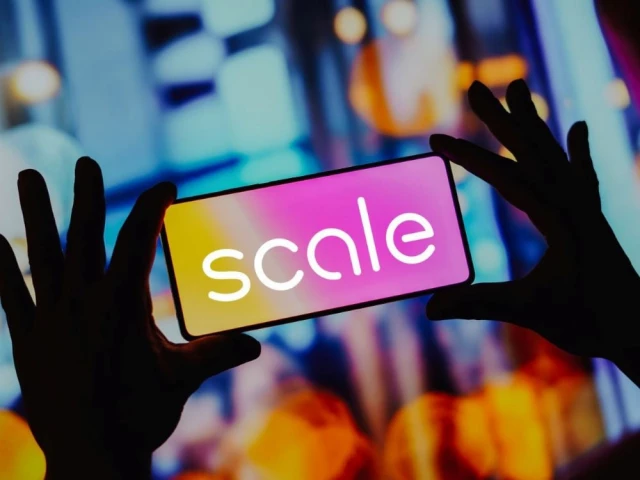
What Marketers Can Learn from These Activations
- Make it Emotional: Dr Pepper makes college students the heroes. Emotion = loyalty.
- Collect Smart Data: T-Mobile integrated email signups and highlight reels.
- Think Beyond the Game: Pepsi’s tunnel didn’t involve the actual match but gave fans a “player-like” feel.
- Optimize for Social Sharing: Honda’s Zamboni station was Instagram gold.
Bonus: Emerging Trends in In-Stadium Activations
1. AR & Gamification
AR filters, scavenger hunts, and gamified mobile experiences are becoming common. Look at how the Chicago Bulls partnered with Snapchat for in-arena AR effects during halftime shows.
2. Personalized Experiences
From printing your name on a virtual jersey to live polls, fans crave personalization. This boosts engagement and keeps them talking about your brand long after the final whistle.
Why In-Stadium Activations Matter More Than Ever
As attention spans shrink and second-screen viewing increases, in-stadium activations are the one chance brands have to create an offline memory tied to real emotion. They’re not just marketing moments—they’re fan moments.
For brands, it’s about more than visibility—it’s about viscerality. It’s one thing to see a logo on a screen. It’s another to be inside a Pepsi tunnel or throw a game-winning pass in a VR simulator.
Final Takeaways for Marketers
- Know your audience: What works for NFL fans might not click with NHL crowds.
- Invest in tech: VR, AR, and mobile integrations are setting the standard.
- Track everything: Use each activation as a way to understand and follow up with your audience.
- Create lasting content: Make activations that live on through UGC (user-generated content), shares, and earned media.


